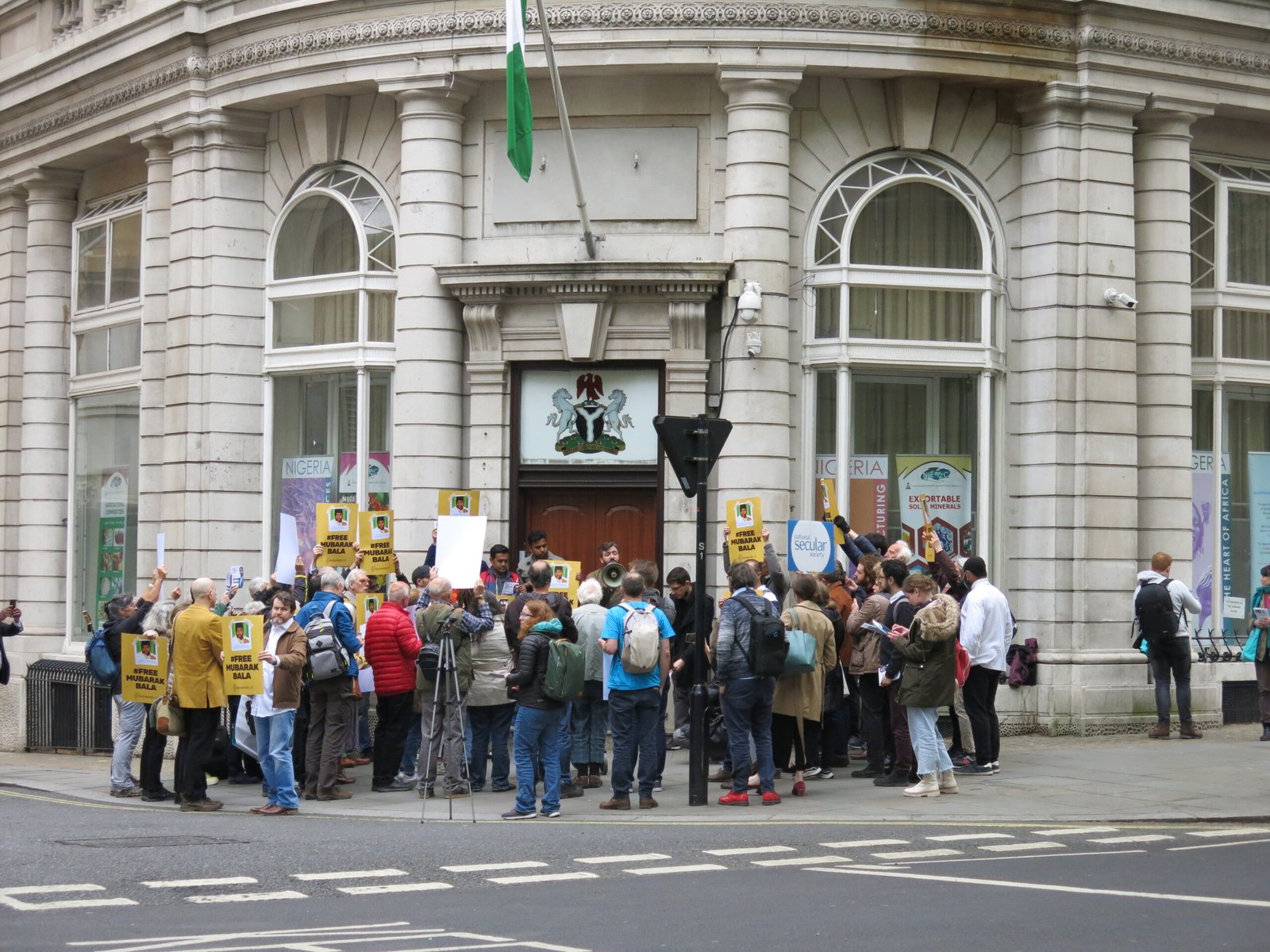The cultural appropriation debate has raged for years but despite the pushback from literary titans such as Lionel Shriver, the movement is unrelenting.
Nested in the web of outrage culture, anti-appropriation has moved beyond discontents over intellectual property in music to beating down almost everything activists can point at – including cuisine, yoga, dance, hoop earrings, bindis, dashikis, makeup, hairstyles, art, literature, film, and even poverty.
Emerging from critical theory in the 80s, appropriation is read through a lens of power and race and has come to dominate contemporary activist rhetoric along with ‘privilege checking’ and intersectionality.
The charge of cultural appropriation hinges on the premise that prior permission must be sought, on the assumption that not only are cultures definitive, but they’re owned by designated custodians. But culture, like language, is created through cross-pollination and as such, inherently impure. Take for example the dominant language of Mexico, which takes its influence from various pre-Roman languages, Germanic, Arabic, Greek and English to produce modern day Spanish, rendering it a hairsplitting task to define.
Cultural appropriation is masked as “progressive” action but plays out as stifling doctrine that seeks to redress inequality in the world by its own dictation and agenda, as it relies on the application of a binary categorisation of privileged and oppressed.
This contributes to the perilous shift in language where descriptors such as ‘underprivileged’ are used as signifiers for ‘non-white’, which reduces minorities into categories that don’t hold universally.
The culture police have taken their cause far beyond university walls permeating art, cinema and literary criticism with dogmatic protests that singularly chant for censorship – their frenzied organisation eerily creeping towards policy making.
When a black student at SFSU accosted a white hippie over his dreadlocks, many assumed the viral incident would serve as a wake-up call to reconsider appropriation theory and rescind it into lecture theatres, but commentators reiterated that dreadlocks are not for white people.
Rather than contribute to the production of culture from an extensive range of sources that portray humans as complex and evolving, anti-appropriators perpetuate stereotypes and impose limits on others based on race. In the process, appropriation accusers inevitably reduce minorities to tribalists who are best represented by their better-enlightened leaders.
More often than not, offence is taken by proxy – on behalf of ‘violated’ minorities, such as in the appropriation case against the Museum of Fine Arts in Boston which received the defiant support of numerous Japanese Americans.
Indeed, artists should work with historical and contextual awareness but many already self-censor and retreat from contentious racial, religious and political topics unless they take the dominant consensus on polarising subjects such as Brexit.
The culture police are emboldened by institutions who readily censor creatives to avoid rousing the mobs, further endowing the offended with sacred status.
With studies invested in proving that trauma can be genetically transferred across entire races, feigning offence and outrage can be legitimised in ideology and yield rewards.
Anti-appropriators are correct about the link between power and self-expression; if wrong in its arbitrary classifications. The contest is indeed about power, and their quest for it – where civil rights language is employed as a tool to dictate thought, speech and action – with ramifications for offenders.
But, if like Shriver, we refuse to be censored, we can stand undefeated against the thought police.





Posted by Pete Powell
27 April, 2017 at 5:36 am
Something new USA has to preach to others what they should be doing. Still if it takes over from those annoying men who use any subject online as excuse to whine on about feminists, or telling women what they should be thinking or doing then I'm all for it
Interesting article. Thanks. The regressive left should read this.